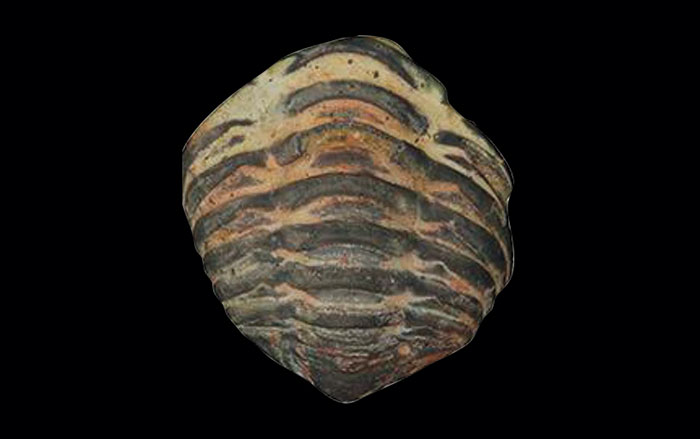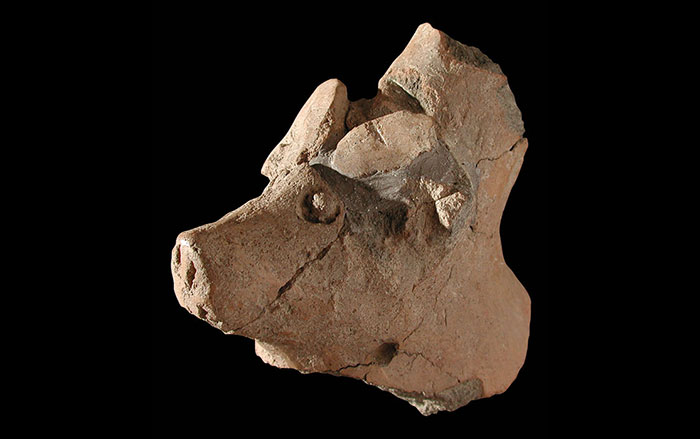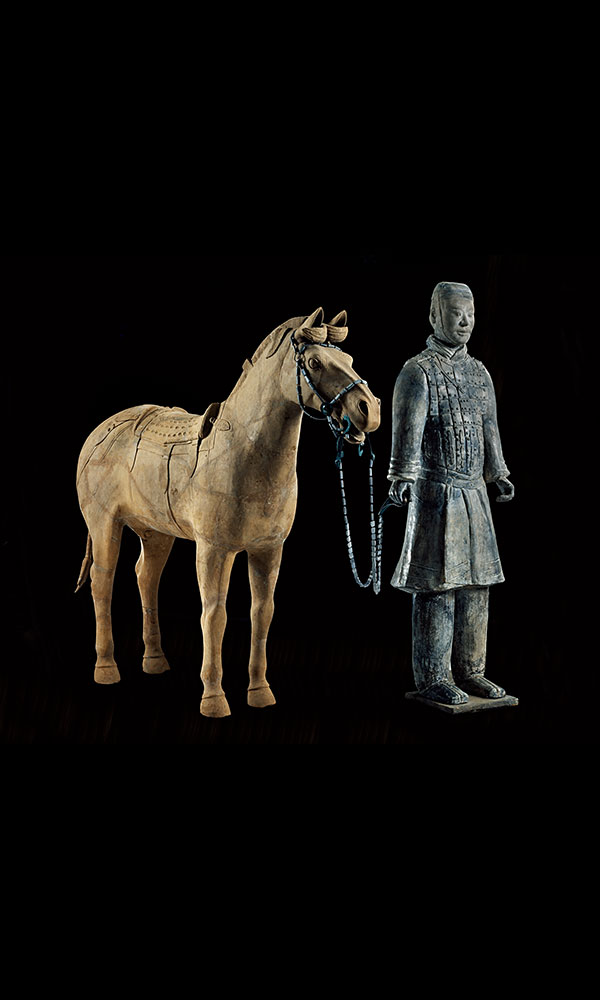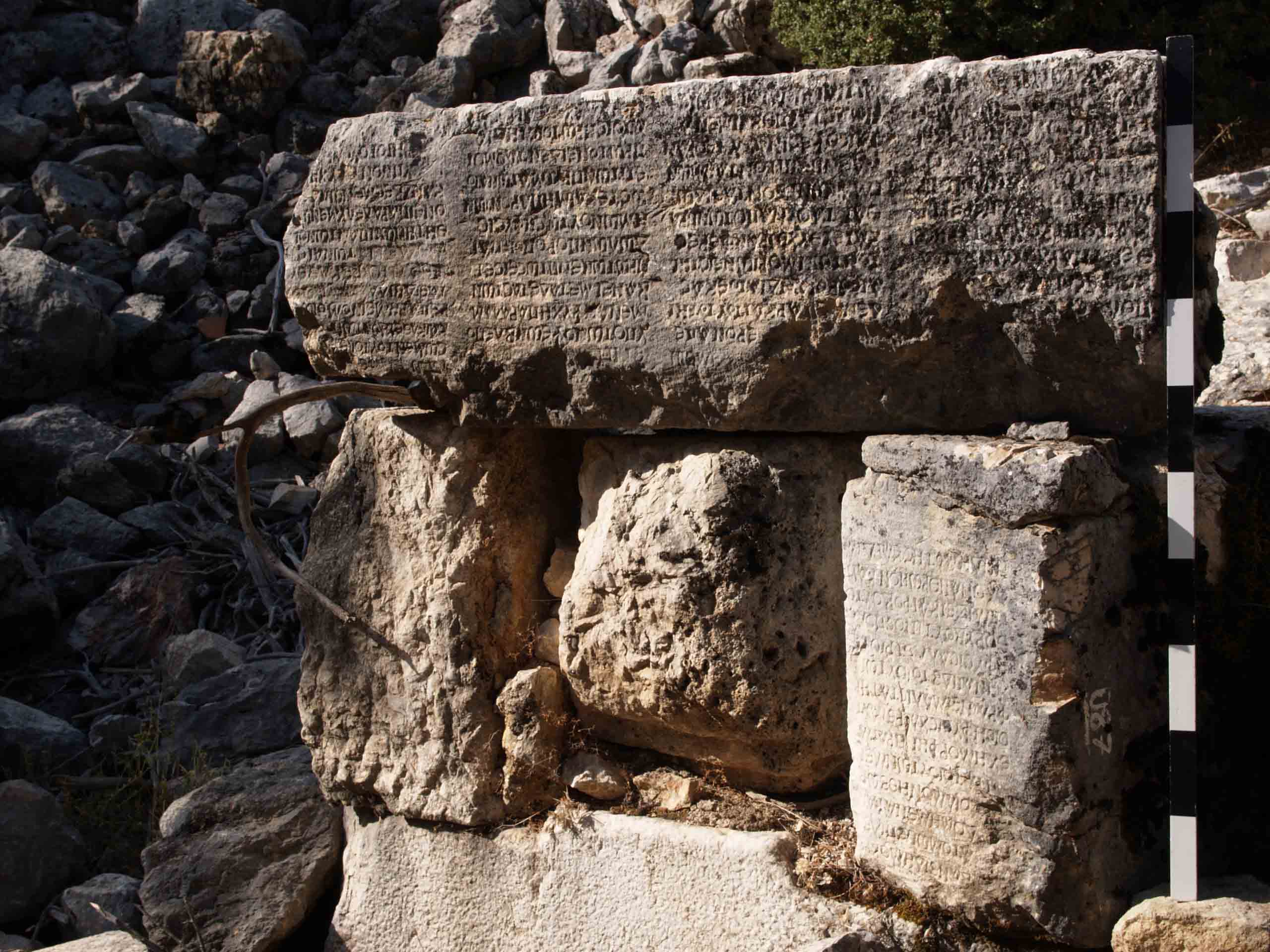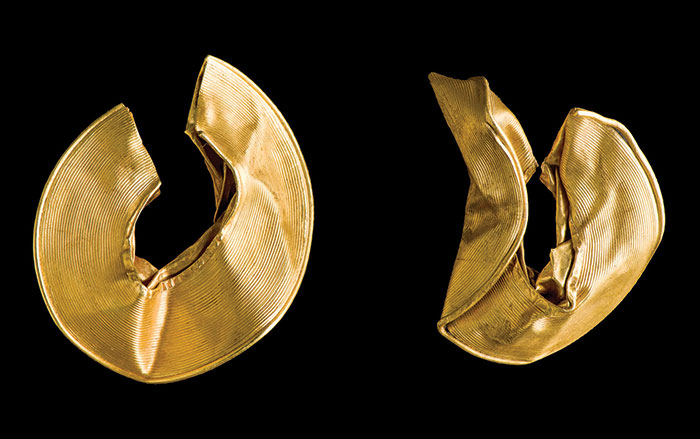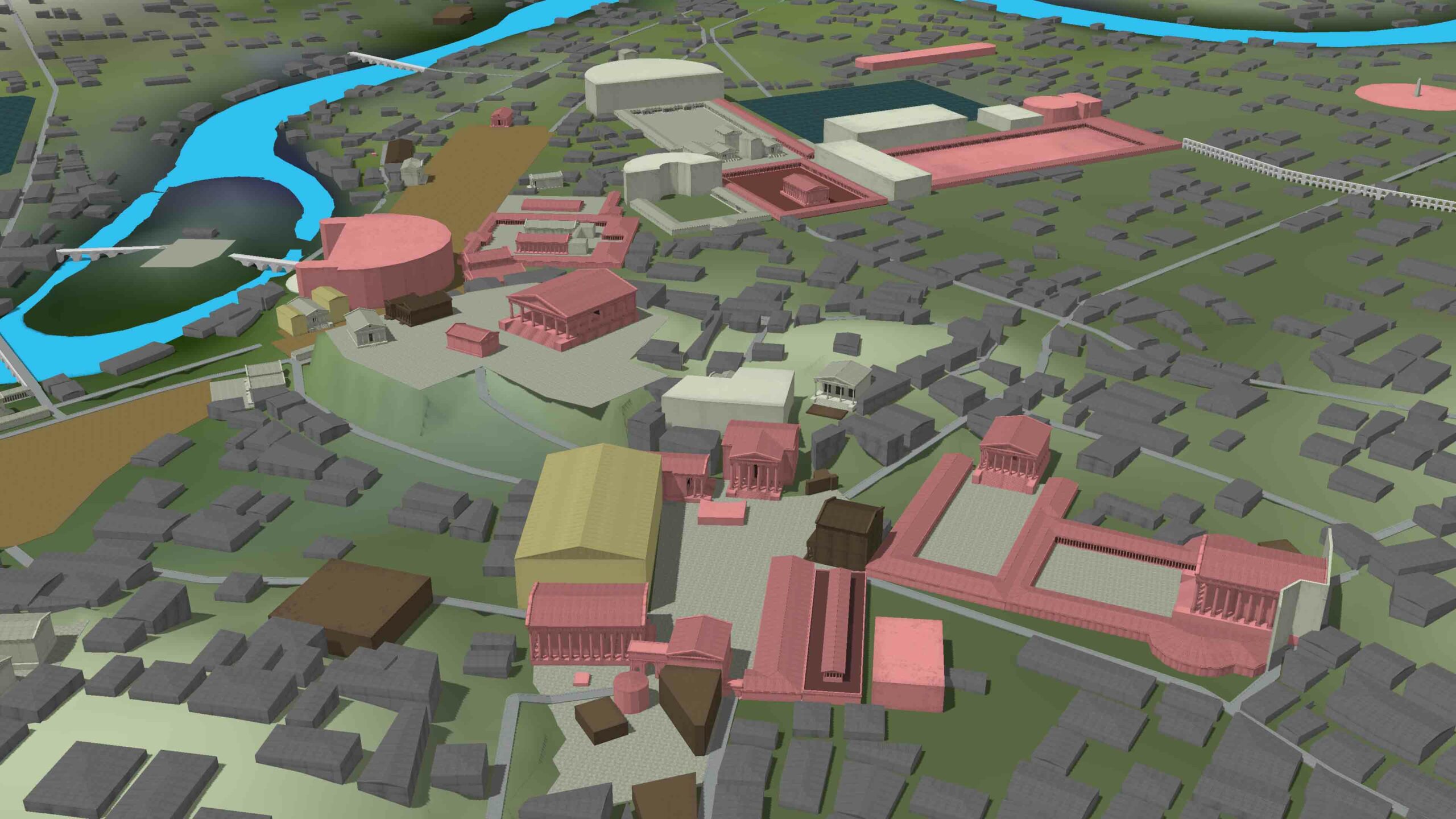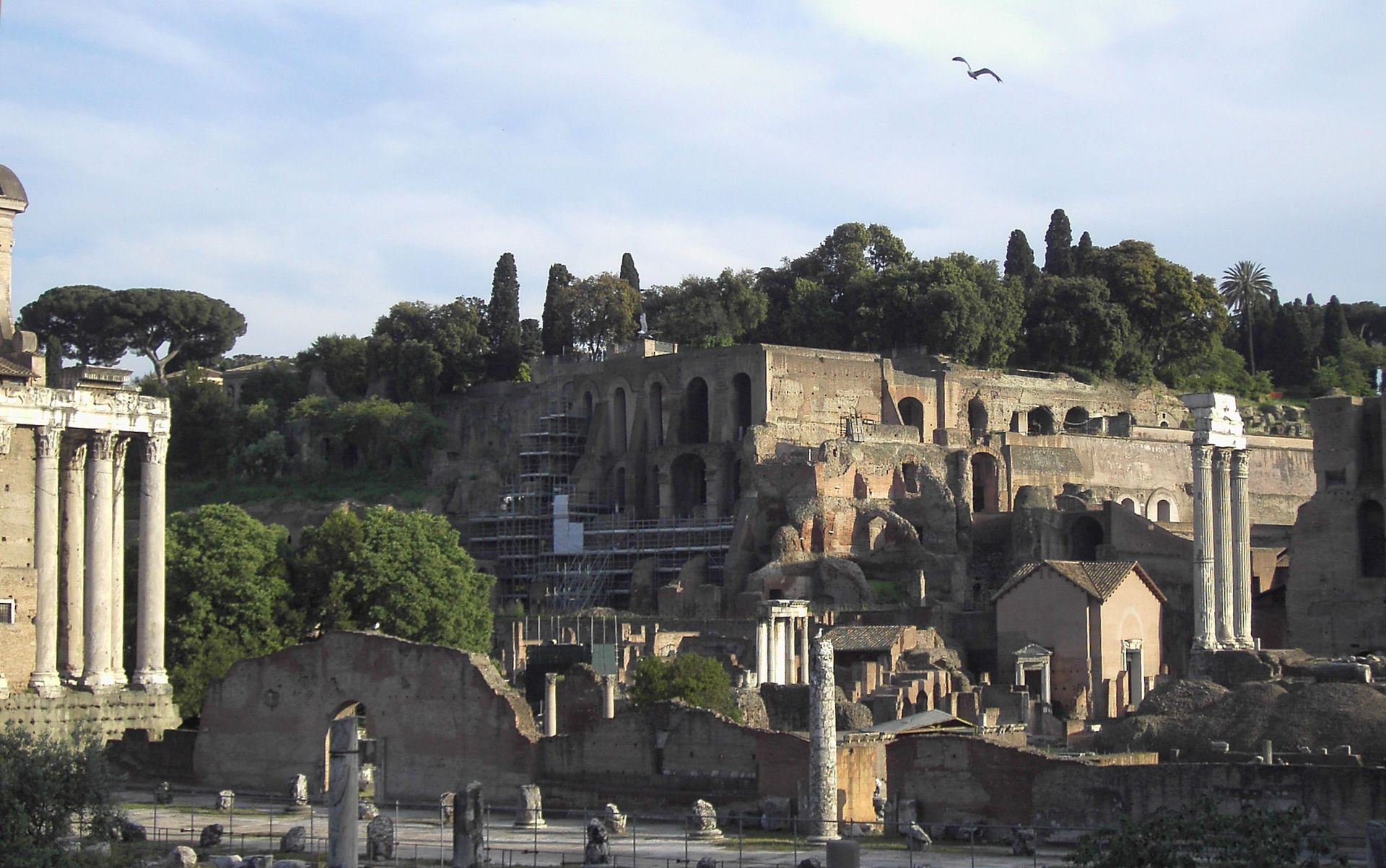
ROME, ITALY—Archaeologists have been working on the Palatine Hill in Rome for decades, trying to uncover evidence of the city’s earliest history. This summer’s excavations on the northeast slope have unearthed the foundations of one of those early buildings, a part of a sixth-century B.C. structure, according to a report in the New York Times. While the sixth-century date is impressively early, in fact the sanctuary, called the Curiae Veteres, of which the building was a part likely dates back to the eighth-century B.C., at the very time of Rome’s foundation in 753 B.C. The Curia Veteres was in continuous use for twelve centuries, according to excavation director Clementina Panella, until pagan cults were banned when the Roman Empire became Christianized. To read about new work being in done in the Domus Aurea, the largest palace in ancient Rome, go to “Golden House of an Emperor.”


